Animal Senses Explained
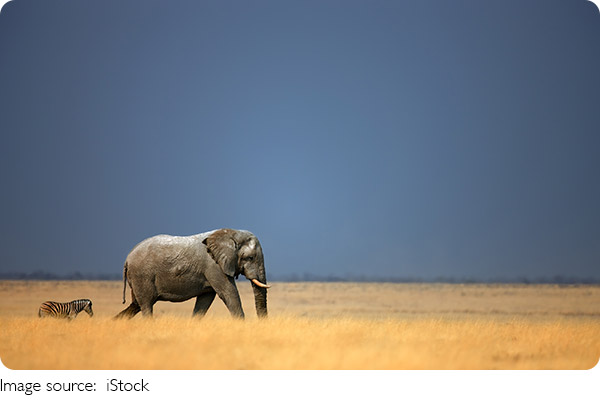
We humans rely on our eyes, ears, and noses to explore the world, but animals take things to a whole new level. Their senses are often far more powerful—or sometimes specialized in surprising ways.
By understanding how animals hear, see, and smell, we can better appreciate the diversity of life around us and even learn from them.
So, how do animals experience the world? Let's dive into their incredible sense abilities.
Hearing: silent to us, loud to them
Many animals hear sounds that we simply can't detect. While our ears can pick up frequencies between 20 and 20,000 hertz, some creatures go far beyond that.
• Dogs, for example, can hear up to 45,000 hertz. That's why they respond to high-pitched whistles we barely notice.
• Bats use something called echolocation—they emit high-pitched calls and listen to the echoes bouncing off objects to "see" their surroundings in total darkness.
• Elephants are the opposite—they detect very low-frequency sounds that travel long distances through the ground. This helps them stay in touch with other herds even miles away.
Some animals hear through their feet, others through their jawbones—each species has adapted its hearing in the most creative ways.
Vision: seeing what we can't
We rely heavily on sight, but our vision is far from the best. In fact, many animals can see colors, movements, and light in ways we can't imagine.
• Eagles have super-sharp vision—up to four to five times better than ours. From high in the sky, they can spot small prey moving on the ground.
• Cats can't see bright colors well, but they have excellent night vision. Their eyes gather more light in the dark, which helps them hunt silently at night.
• Bees see ultraviolet light, which we can't see at all. Many flowers have UV patterns on their petals, acting like signs that guide bees straight to the nectar.
• Chameleons have eyes that move independently, giving them a 360-degree view of their environment—without moving their heads!
So while we focus on detail and color, animals see motion, UV light, or far-off objects with ease.
Smell: noses that guide survival
Smell might not seem that important to us, but for many animals, it's their strongest sense.
• Dogs are famous for their sniffing abilities. They have around 300 million scent receptors in their noses (compared to our 5 million) and can track scents for kilometers.
• Sharks can detect a single drop of blood in a vast ocean. Their noses are so sensitive, they can even tell which direction the smell is coming from.
• Moles, although nearly blind, rely entirely on their sense of smell underground to find food and sense danger.
• Snakes "smell" with their tongues, flicking them to pick up scent particles from the air or ground, then analyzing them using a special structure in their mouth.
Animals use smell for more than just food—they rely on it to find mates, mark territory, and avoid predators.
Each sense has a purpose
What's truly amazing is that every animal's senses have evolved for a reason. Bats don't need to see well—they rely on sound. Moles don't need sight underground—they depend on smell and touch. Each creature has developed the perfect combination of senses to help it survive in its own unique environment.
For us, learning about these abilities can help us understand animal behavior, improve how we care for pets, and even inspire new technology, like scent-detection robots or night-vision tools.
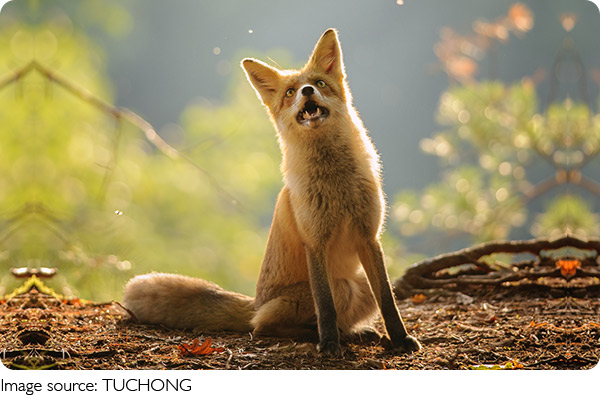
Let's keep exploring the animal world
Lykkers, the world looks, sounds, and smells completely different depending on who you are—and that's the beauty of nature. The next time you see a dog sniffing around or a bird soaring overhead, remember: they're experiencing life in ways we can't even imagine. Which animal's super-sense surprised you the most? Let us know—we'd love to hear which sense you'd choose if you could borrow one from the animal world!
-
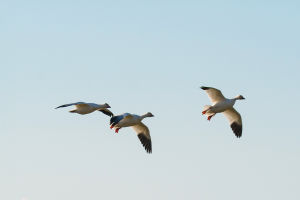 Geese Fly TogetherWhy Do Geese Migrate in Groups? The Hidden Power Behind Their Famous V-Shaped Formation!
Geese Fly TogetherWhy Do Geese Migrate in Groups? The Hidden Power Behind Their Famous V-Shaped Formation! -
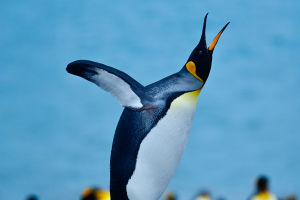 Penguin Love BondsUncover the surprising truth behind why penguins mate for life and the benefits of their lifelong commitment.
Penguin Love BondsUncover the surprising truth behind why penguins mate for life and the benefits of their lifelong commitment. -
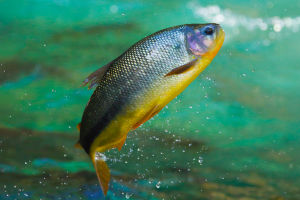 From Wings to FinsThe fascinating journey of evolution, from flying to swimming and crawling
From Wings to FinsThe fascinating journey of evolution, from flying to swimming and crawling